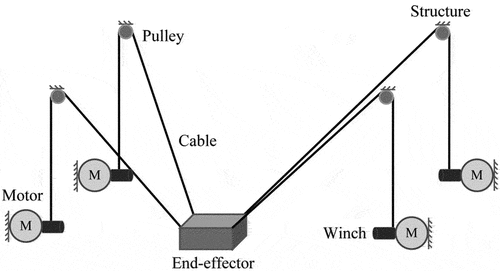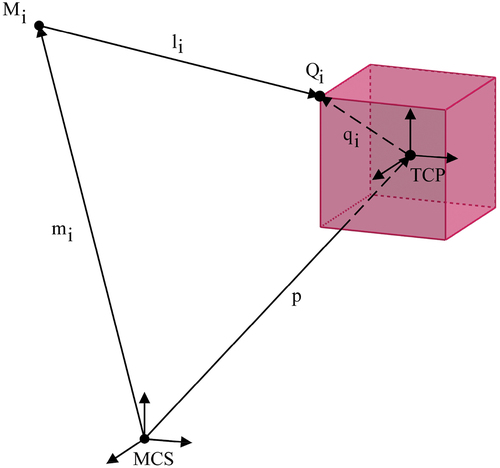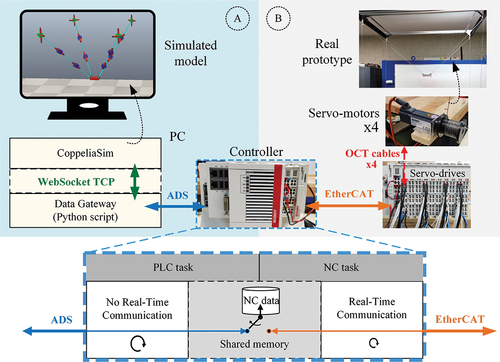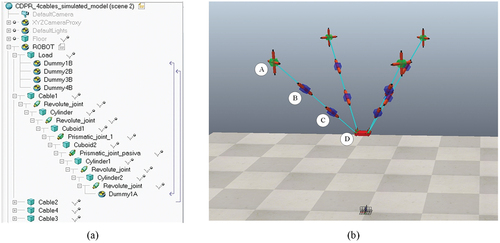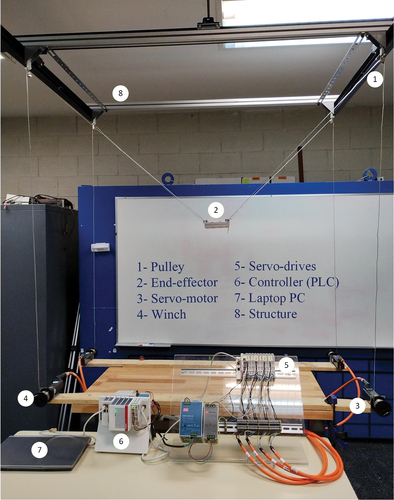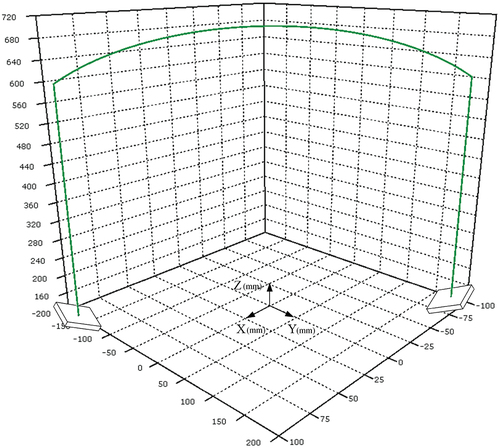Figures & data
Table 1. Geometrical parameters of the CDPR.
Table 2. Direct kinematic solution of an arbitrary point on the trajectory.
Table 3. Comparison of computing time of direct kinematic methods to obtain a new solution.
Figure 7. Reaction time difference between the position of the simulated and prototype axes with respect to the target position. a) simulated axis 1 and b) prototype axis 1 at slow speed. c) simulated axis 1 and d) prototype axis 1 at high speed.
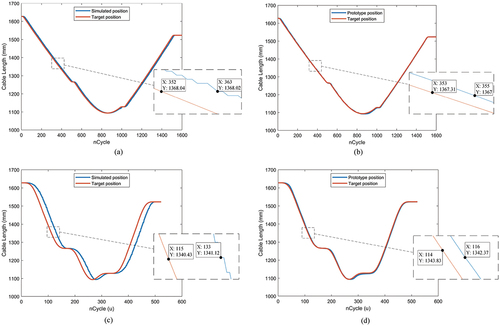
Figure 8. Trajectories of the prototype, simulator, and target at two different speeds. Subfigures (a–c) show trajectories at 100 mm/s, and (d–f) at 500 mm/s, across X-Z, Y-Z, and X-Y planes, respectively.
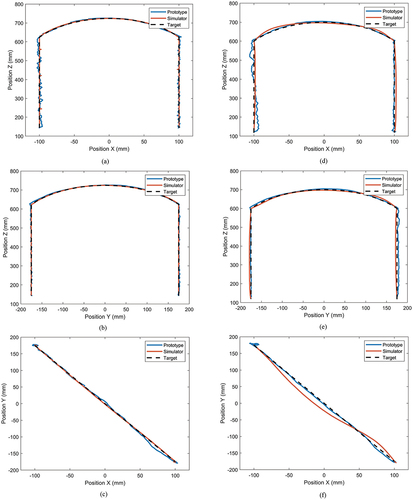
Table 4. Absolute error metrics during trajectory execution.
Table 5. Mean relative position error during trajectory execution.


